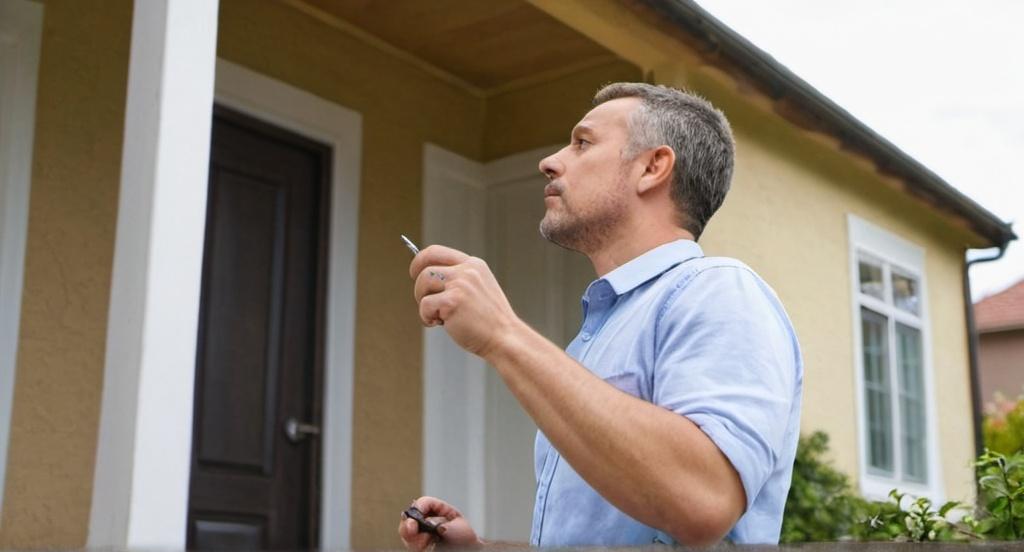Key Take Aways about How to find a house to rent
- Understand your rental needs: size, features, and location.
- Budget wisely: rent should typically be 30% of your income.
- Research market: use online tools and explore neighborhoods thoroughly.
- Inspect potential homes carefully: check the property’s condition and policies.
- Negotiate lease terms and read agreements thoroughly before signing.
- Maintain good tenant practices: pay rent promptly and communicate with your landlord.
- Approach the rental hunt with a mix of research, budgeting, and luck.

Starting the Hunt for a Rental Home
Finding a place to rent can be a lot like finding the perfect pair of shoes. You want them to fit just right, be in good condition, and not break the bank. It all starts with understanding what you need. Are you looking for a cozy studio, a family-sized space, or something with a garden to cultivate your green thumb? Knowing your needs upfront will help focus your search, saving time and keeping stress levels in check.
Budgeting: Know What You Can Afford
Before you start browsing listings, get a handle on your finances. Stick to the age-old rule: rent should be 30% of your income. But let’s be honest, rules are made to be bent a little. You know your own financial comfort zone. Map out your income, expenses, and any savings to determine what you can comfortably shell out each month. Remember, moving involves upfront costs like a deposit and first month’s rent, not just your monthly payment.
Researching the Market
Start snooping around online rental platforms. Websites like Zillow, Craigslist, and Apartments.com are like your shopping catalogs. Filter your searches to match your needs and budget. Check out neighborhoods you find appealing. Visit them at different times to get a real feel for the vibe. Ask friends or read local forums for candid reviews of the area. You don’t want to find out the hard way that your ideal spot is a Friday night hotspot if peace and quiet were on your checklist.
Touring and Inspecting Potential Homes
Once you’ve found a few promising candidates, it’s time to tour. This isn’t just a look-see — it’s a full-on inspection. Check the water pressure, peek inside closets, and look for signs of wear and tear. If you’re a pet parent, confirm pet policies to avoid any furry fiascoes. Don’t be shy about asking questions. Is internet service included? How’s the heating system in winter? The more you know, the fewer surprises later.
Negotiating and Signing the Lease
Found the one? It’s time to put on your negotiating hat. Monthly rent isn’t always set in stone. Depending on the rental market, you might be able to haggle for a lower rate or better terms. Maybe a longer lease could get you a discount. Once you’re happy with the terms, it’s time to sign on the dotted line. But read every word. Ensure you understand the lease terms, especially clauses on security deposits, maintenance, and lease termination.
Being a Good Tenant
Okay, so now you’ve got the keys. Congrats! But remember, being a tenant means more than paying rent. It’s about respecting the property and being on good terms with your landlord. Report repairs promptly, communicate openly, and yes, pay that rent on time. Little things like these go a long way in making your rental experience smooth.
Wrapping It Up
Finding a house to rent is a blend of research, budgeting, and a bit of luck. Know what you want, where you want to live, and how much you can afford. Be thorough during inspections and clear in your communications with landlords. Before you know it, you’ll be settled in a place that feels just like home.